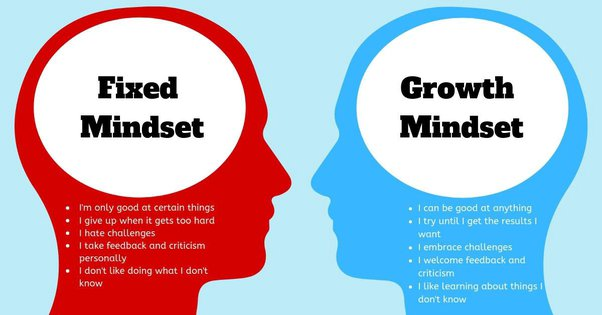Attitude, according to Allport (1954) is the primary building stone in the edifice of social psychology. Without anding attitudes, the individual is confused and baffled. If one encounters a novel situation which one has not developed a ready B made attitude towards, one becomes confused on how to approach such situation.

Allport (1935) define attitude as a mental and neural state of readiness organised through experience, which exert a directive or dynamic influence upon the individual's response to all objects and solutions whereas, Kretch and Crutchfield (1948) stated that attitude can be defined as an enduring organisation of motivational, emotional, perceptual and cognitive processes with respect to some aspect of the individual's world. Attitude towards object or entities may be acquired or learned through exposure to the object of the attitude, interaction with others holding the attitude
Attitude may also be defined as positive or negative feelings we have towards a social object and this may includes our thoughts and opinion about anything, our opinions are out attitude put into words, they reflect ways of responding to such things. Attitude are learned and are relatively permanent.
MAJOR COMPONENT OF ATTITUDE
Literature on attitude indicate that there are three major components of attitude, these are the cognitive knowledge component, the emotional component and the behavioural component.
1. Cognitive component of attitude has to do with what one thinks, believes, or his thought about an attitude object. It helps Us to understand the world and it in a cohered at Us to understand need to understand the world and to give structure and order to the environment.
2. The emotional component otherwise referred to as effective Component deals with how one feels, emotional feelings crunected with the beliefs.
3. The behavioural component on the other hand i readiness to respond in a particular way to attitude objects, how one tends to act out one's thought and emotions. It is important to note that these component are not independent of one another they are rather linked in such a way that the three must be present for an object to be considered an attitude objeet
ATTITUDE CHANGE
Research on attitude generally has focused on three areas of attitude change, these are:
(1) Source & Communicator: This is concerned with where the message comes from when the source of a communication is an expert in that particular field then the likelihood of the message changing attitude will be high, this is because people tend to view experts as credible sources when it concerns their field or when the source of a message is similar to us.
(2 ) Communication: This refers to the message itself, how is the message stated? Message can take several forms. some may appeal to emotions while some appeal to reason, they can be one-side or present the two sides of an issue, whichever form messages take research has shown face to face interaction to be more persuasive. also, the following were found to influence attitude change (i) Fear arousal influences persuasiveness, a message with moderate is most likely to change an attitude. (ii) The degree of commitment to an opinion will affect attitude change, the greater the commitment, the less effective persuasion will be (iii) inoculation against persuasion will lead to resistance to change (iv) Two sided messages but learning to one side will influence attitude change.
(3) Target Audience: Who is listening to the message? The characteristics of the audience and the social setting also have implication for attitude change, people with low self-esteem are likely to change easily when exposed to new information, while a relaxed well-fed state can as well make people more receptive to information.
THEORIES OF ATTITUDE
Several theories representing different theoretical orientations and emphasising different factors in attitude and attitude change have been helpful for understanding while attitudes come from an how they can be changed
(1) Learning Theory:
The learning approach which began at Yale University with the work of Horland and Associates (Horland, Janios and Kelley, 1953) during the 1950's is based on the assumptions that attitudes are learned and, are therefore acquired through the same process as other habits. We learn the feelings and values associated with the information and facts learned about various attitude object. Thus, through association, reinforcement and punishment and imitation.

(3) Expectancy B Value Theory:
This theory assumes that individuals adopt a particular attitude position based on the merits and demerit evaluations of its possible value effects. Thus, the theory posits that in adopting attitudes people try to maximize the subject utility of the various expected outcomes which is the product of
(1) The value of a particular outcome and
(2) The expectancy that this position will produce that outcome.
(a) You dislike smoking, but your friend likes smoking This is an inconsistency or unbalance situation
(b) To achieve balance, you can change your attitude toward your friend by disliking him while you still maintain your negative attitude toward smoking.
(c) You can also achieve balance by changing your negative attitude toward smoking by smoking too while you still maintain your positive attitude towards your friend who smokes.

















No comments:
Post a Comment
Comment